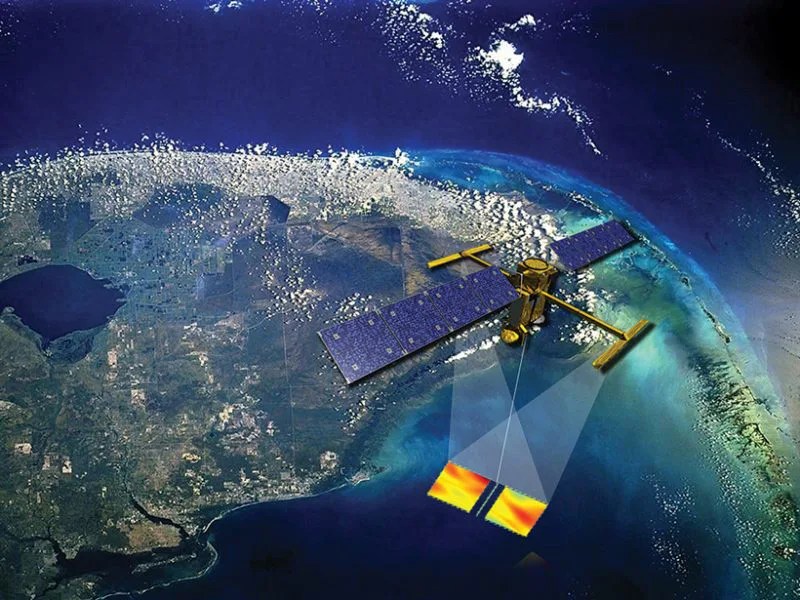NASA’s SWOT Satellite Uncovers Significant Effects of Minor Ocean Changes

Small-scale ocean features, once considered insignificant, are now recognized as crucial elements influencing Earth’s climate and marine ecosystems. The recent findings from NASA’s SWOT (Surface Water and Ocean Topography) satellite, developed in collaboration with the French space agency CNES, reveal unprecedented clarity in observing submesoscale waves and eddies. These currents, which span about a mile, play a vital role in transporting carbon, nutrients, and heat across the oceans. The high-resolution data from the satellite provides an extensive overview of how these small-scale vertical currents impact global ecosystems and climate systems.
Revolutionizing Our Understanding of Ocean Currents
According to a report from NASA’s Jet Propulsion Laboratory, the SWOT satellite has unveiled the dynamics of vertical ocean circulation, which were previously too fine for satellite observation yet too broad for traditional ship-based methods. This new understanding highlights how these vertical currents facilitate exchanges between the ocean’s depths and the atmosphere. Oceanographer Matthew Archer noted that these currents can transport heat from deep ocean layers to the surface, thereby warming the atmosphere. The satellite successfully tracked a submesoscale eddy in the Pacific’s Kuroshio Current, measuring vertical circulation rates of up to 14 meters per day. This data illustrates how such features are essential for sustaining surface ecosystems.
Insights into Energy Movement in Global Waters
The SWOT satellite also captured an internal solitary wave in the Andaman Sea, which exhibited twice the energy of a typical internal tide. This observation emphasizes the satellite’s capability to estimate energy movement across the world’s oceans. Researchers utilize sea surface height data from SWOT to deduce wave slope and fluid pressure, which in turn reveals current speed and the volume of energy or materials being transported. Jinbo Wang, a coauthor from Texas A&M University, explained that force is the fundamental quantity driving fluid motion, underscoring the importance of these measurements in understanding ocean dynamics.
Impact on Ocean Modeling and Climate Research
The findings from SWOT are prompting a significant shift in ocean modeling practices. Lee Fu from JPL stated that models must now adapt to incorporate these small-scale features, as they are critical for accurate climate predictions. The data collected by SWOT is already being integrated into NASA’s ECCO ocean model, which aims to enhance our understanding of environmental changes, ocean-atmosphere interactions, and overall climate behavior. Continuous monitoring by the SWOT satellite is expected to provide valuable insights into these complex systems.
A New Era in Earth Observation
The SWOT mission represents a collaborative effort between NASA and CNES, with contributions from the Canadian Space Agency and the UK Space Agency. This initiative marks a new chapter in Earth observation, as the satellite captures images of the globe every 21 days. These snapshots offer a unique perspective on how small, dynamic ocean systems influence life and climate on our planet. The insights gained from SWOT are poised to reshape our understanding of oceanic processes and their far-reaching effects on global climate.
Observer Voice is the one stop site for National, International news, Sports, Editor’s Choice, Art/culture contents, Quotes and much more. We also cover historical contents. Historical contents includes World History, Indian History, and what happened today. The website also covers Entertainment across the India and World.
Follow Us on Twitter, Instagram, Facebook, & LinkedIn

